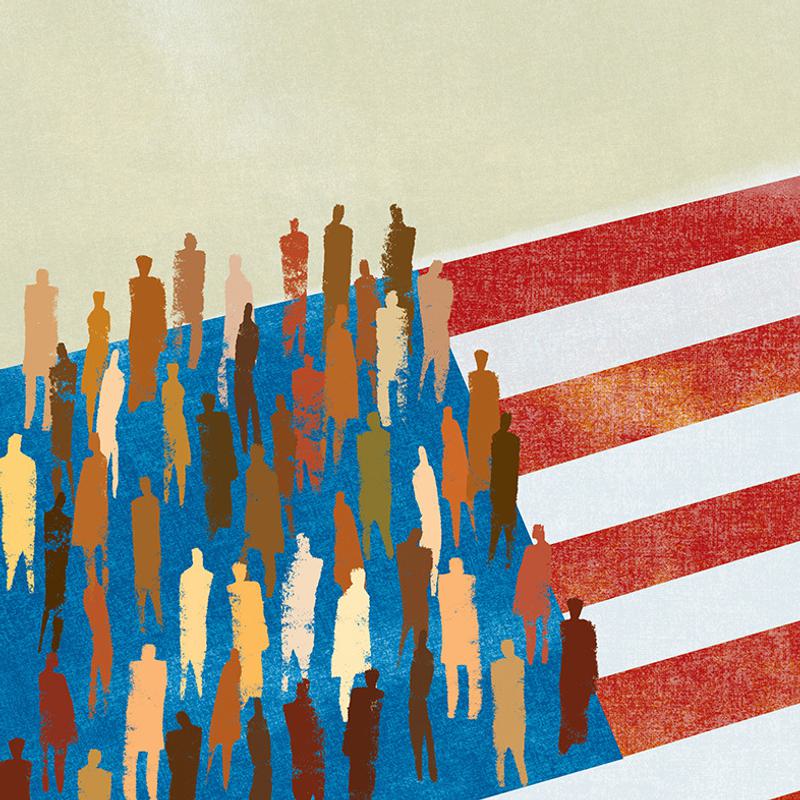Divided Justice Trends in Black and White Jail Incarceration 1990-2013

Overview
Recent data analyses on jail incarceration—taken from Vera’s Incarceration Trends tool—reveal that although significant racial disparities still exist between black and white jail incarceration rates, incarceration rates for black people are declining, while rates for white people are rising. This report dives into the data on black and white incarceration trends from 1990 to 2013, and poses several questions for further exploration that might explain why these rates are shifting. However, the report also argues that we need more data to fully understand the causes and consequences of racial disparities in incarceration—and to begin enacting more race-conscious jail reduction efforts.
Key Takeaway
While black incarceration rates have declined—and white incarceration rates have risen—over the past several decades, the lack of complete and accurate data prevents effective analyses of the causes and drivers of these trends and on racial disparities more broadly in the justice system.
Publication Highlights
The vast majority of existing data on jail incarceration—from the Bureau of Justice Statistics’ (BJS) Annual Survey of Jails and its Census of Jails—is not sorted by race or ethnicity.
BJS only reports the racial breakdown of the country’s jail population on a selected snapshot date, but not for jail admissions—which is the biggest measure of the vast reach of jails.
Directly wrestling with the issue of race and incarceration remains uncomfortable ground because it forces people to confront a deep legacy of racism and its connection to our system of incarceration in this country, past and present.
